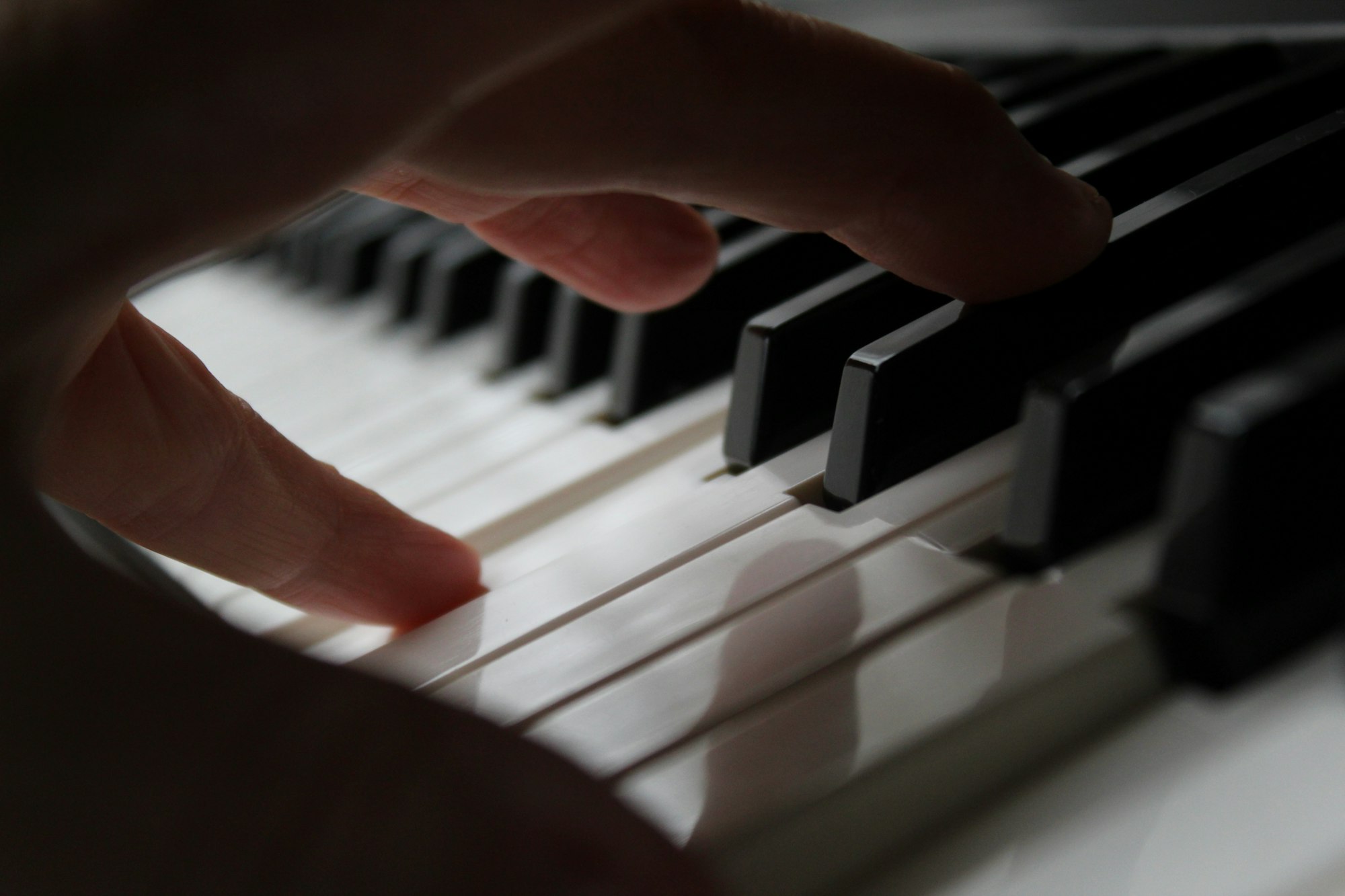Are minor and diminished chords the same thing?
Is a minor chord essentially equivalent to a diminished chord? What are the commonalities and where do the differences lie?

I don’t know where this myth stems from, but a minor chord and a diminished chord are not more similar to each other than a minor chord and a major chord…
There a four types of triads you can built from thirds:
- major third + minor third => major triad
- major third + major third => augmented triad
- minor third + minor third => diminished triad
- minor third + major third => minor triad
They’re all different from each other. If you move from triads (with three notes) to chords in the jazz sense (with four notes), the permutations increase yet again and you get all the stuff like dominant (mixolydian) or half-diminished chords. Maybe this is what confuses you: if you have four notes (stacking three thirds for a chord), you get something called a “half-dimished” chord, which is:
- minor third + minor third + major third => half-dimished
This thing looks like a diminished triad at the bottom, but is often written as m7b5. But that does not mean that a diminished or half-dimished chord and a minor chord are the same. Especially the (fully) diminished chord has a totally different function in music than a minor chord.
However, the half-diminished chord m7b5 can take some of the same functions of a regular minor chord (e.g. as the ii chord in a major ii-V-I progression). This can be confusing and some musicians even argue agains the chord symbol m7b5 in favor of the chord symbol ∅. The latter symbol is derived from the symbol for a fully diminished chord (○).
To wrap it up: for triads, diminished and minor triads are no more similar than major and minor triads. For chords with three thirds stacked, a fully diminished chord is again very different from any minor chord; but the half-diminished chord can sometimes take the function of a dorian (minor7) chord and thus could be considered “similar” — although it’s by no means the same chord.
Let me know, if that was too confusing ;).